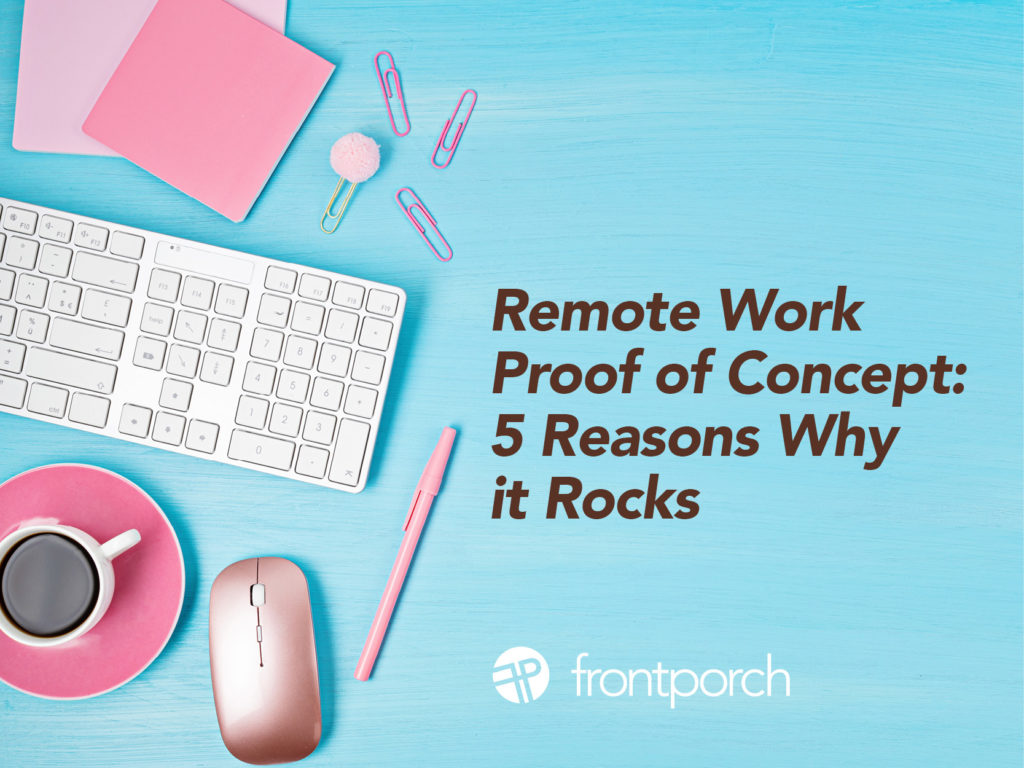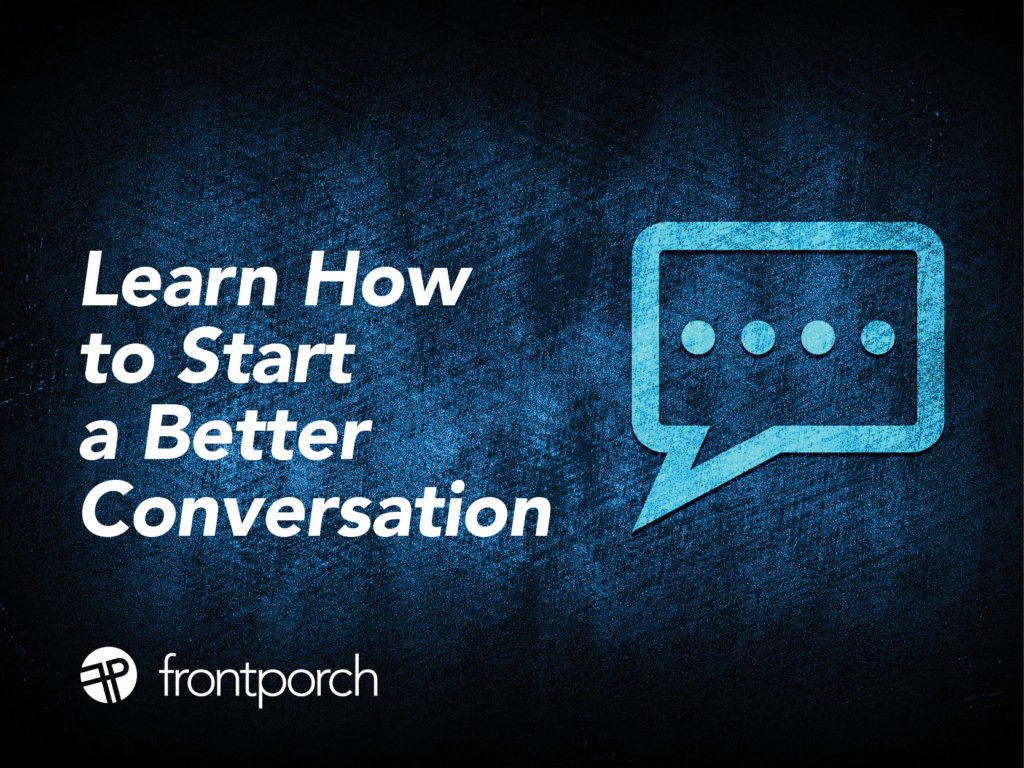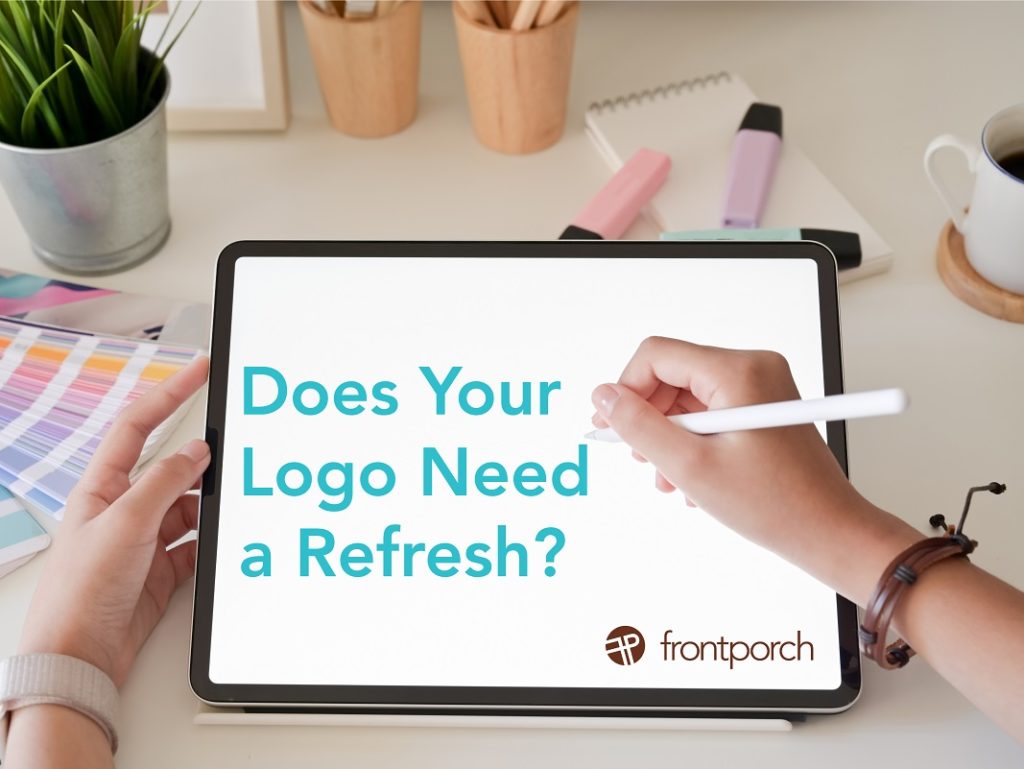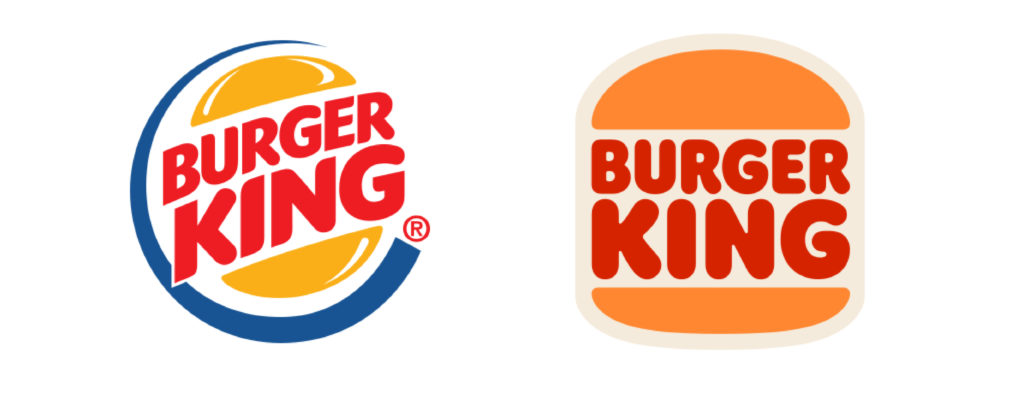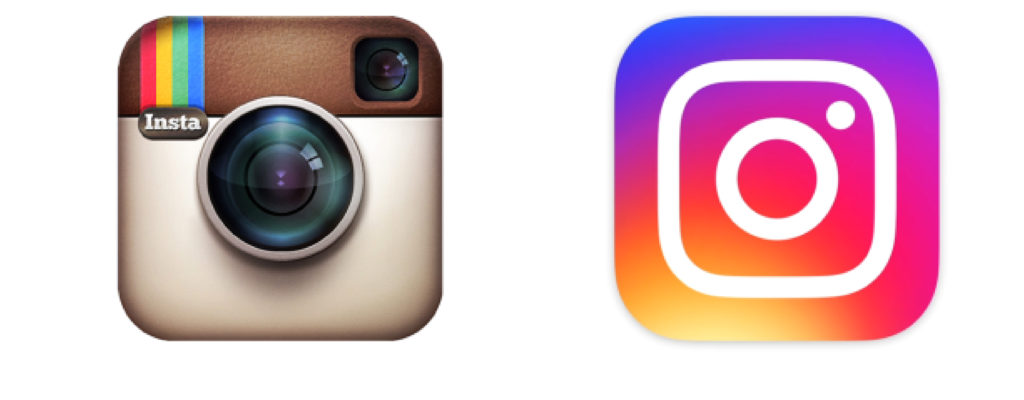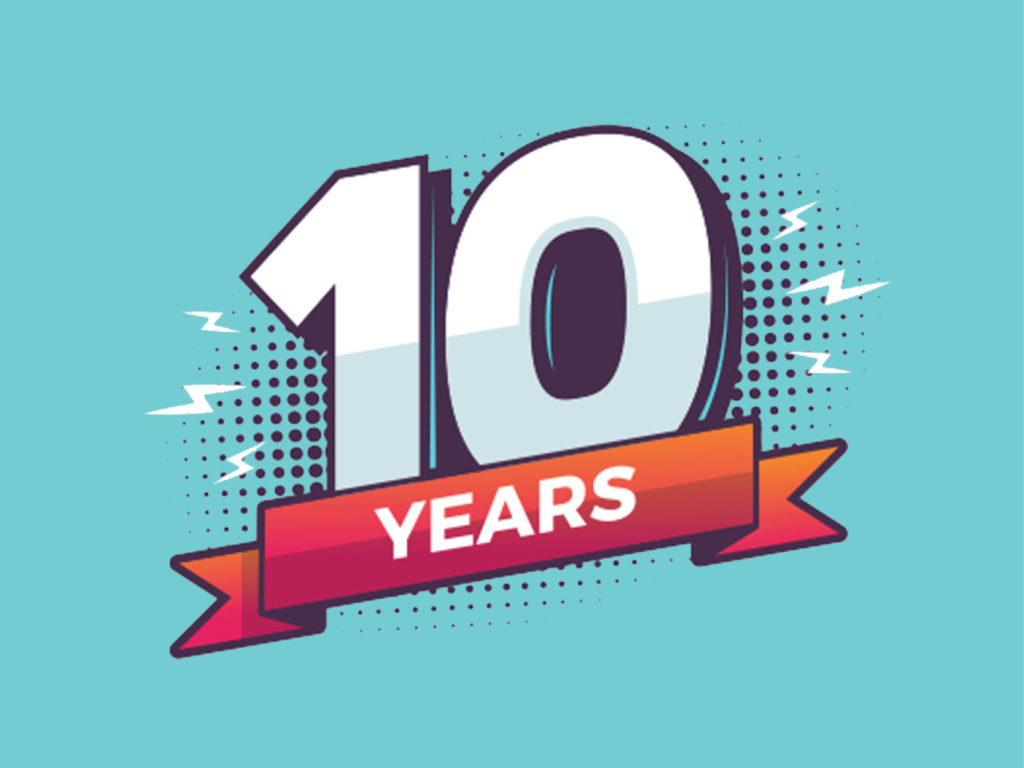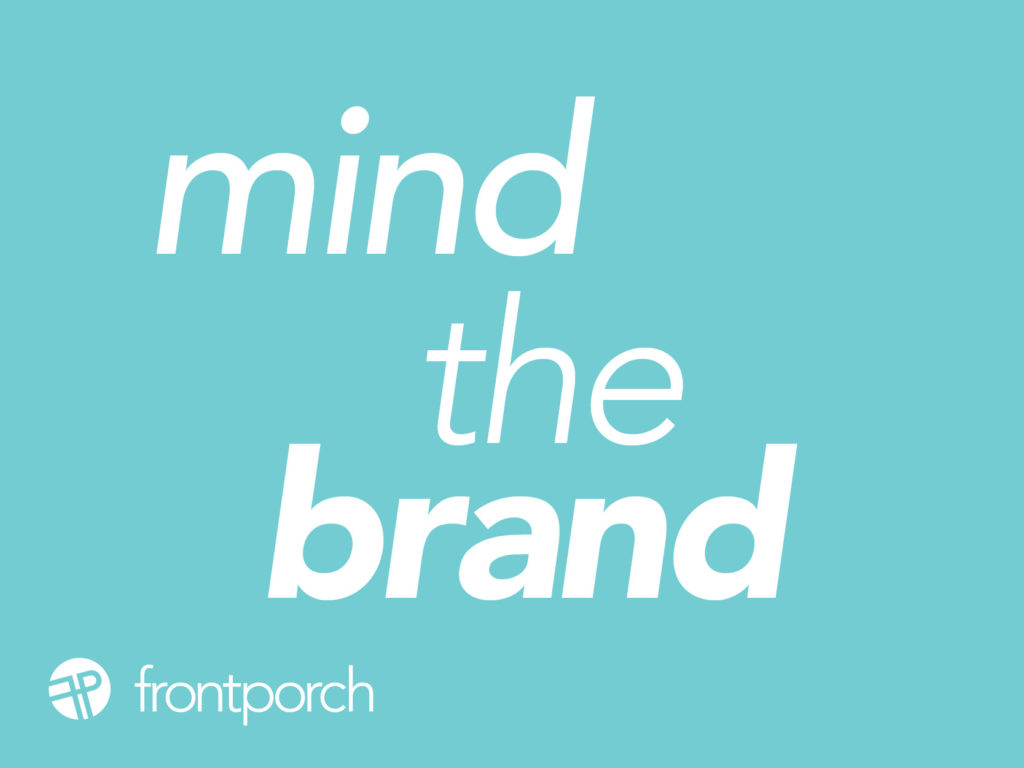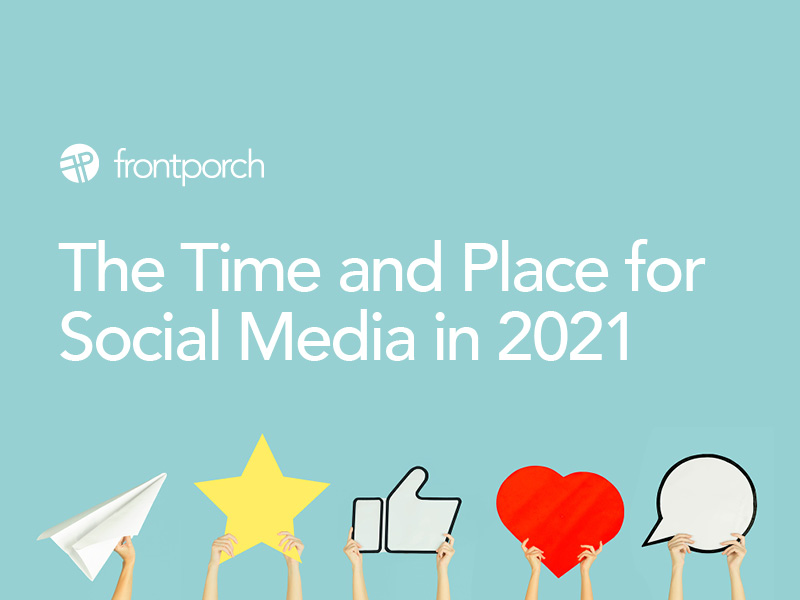
Chances are you have seen a post or two about what days and what times are the best for posting on social media. And in fact, they are all probably right, and probably wrong. You see, the best time and place for YOUR social media is totally dependent upon your followers.
Short Cuts to an Optimal Social Media Time and Place Posting Schedule
What people want is a quick fix to their social media. A set-it-and-forget it system that they can follow that requires the least amount of work. But social media is not a broadcast channel like television, radio, or a print ad. Social media is supposed to be SOCIAL. Your social media channels are the place where you can actually have one-on-one conversations with people who love your brand already. How do you know they love you already? They’ve chosen to follow you, haven’t they? So talk with them when they are sitting there ready to have that conversation.
Sure, there are general guidelines for posting on social media channels, many of which have to do with putting yourself in someone else’s shoes for a moment. When are people most likely scrolling thru Instagram? What are people doing on their lunch break besides eating? (hint: scrolling thru Instagram) What’s the last thing that people do before they go to sleep at night, while they’re laying in bed? (another hint: scrolling thru Instagram) You get the picture. So how do you determine what social media channels and times are the best for your brand? When can you maximize a conversation with your followers going forward? The short answer is “the past”.
The Right Channel for Your Social Media
Each social media platform has a specific and different purpose. By offering a little bit different perspective and content on each channel of social media (instead of using the channels to broadcast like a tv or radio station) a company can show their many sides and offer a more nuanced look at their company, much like you would develop a friendship with a real person and grow to appreciate the many facets of their personality. So after you’ve given your social media channels a spring cleaning, start looking at your analytics.
Social Media Analytics
Every platform you post on for your brand has some form of analytics. You can see a surprising amount of information about your followers in the insights part of your dashboard, whatever the platform. One of the most valuable pieces of information in there is when your followers are on the platform. Start there. Your followers might be the breakfast crowd, in which case 6:15 – 8:30am is a good time for you. Maybe your followers are night owls in which case, program your posts (or manually post them) after 9:00pm.
With 63% of American users checking Instagram at least once a day, and 74% of American users checking Facebook once a day – according to Hootsuite – , you’re sure to find at least one and probably more than one heavy use time in your follower insights.
Scheduling platforms like Hootsuite, Buffer and Planoly make it even easier – they look at the analytics of your followers and tell you the best times to post without the research. Taking advantage of these low-cost automation platforms can save you valuable time, so you can concentrate your efforts on content creation.
Past Performance
Look at your social media feed on any channel as an indicator of what to post in the future. Which posts did well? What type of content got the most likes or comments? Do more of that. Look to your past performance to guide your future endeavors.
What are your competitors doing?
Competitive research is not just for branding and creative. Take a look at what your competitors are posting – what, when and where – when you’re setting up your optimal schedule. Look for patterns in not just your own feed, but in the similar feeds of your competitors and do more of what they are doing the best.
Post, Rinse, Repeat
Testing your content in different forms and at different times will also provide key insights when scheduling the best times and places for your social media as part of your content marketing plan. There is no one-size-fits-all best time solution that will fit every grand, as your brand’s best time and best platform are just as unique as your branding.
With a little effort upfront, you can glean insights into your audience that will not only increase your engagement, but actually help your followers even more. They have questions they want answered and you have the answer – so use the information that is readily available and answer that question sooner.


